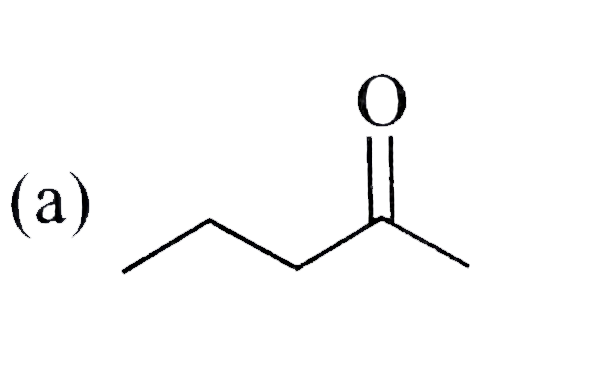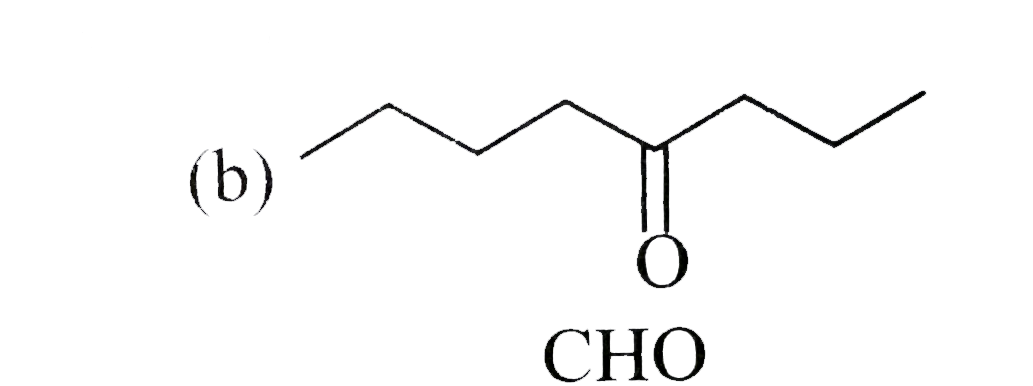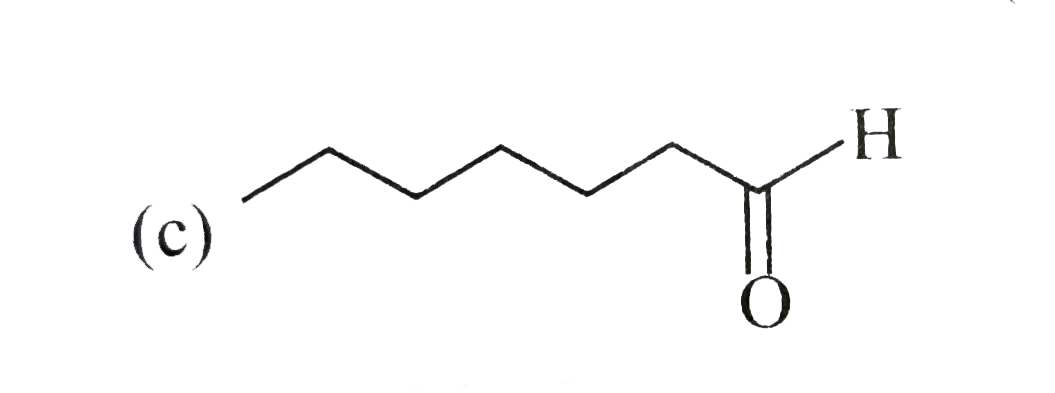What is the shape of the following? CH+3
H3O+
SO2−4
To determine the shapes of the given ions CH₃⁺, H₃O⁺, and SO₄²⁻, we will follow these steps:
Step 1: Determine the central atom and its valence electrons
1. For CH₃⁺:
- The central atom is Carbon (C).
- Carbon has 4 valence electrons. However, due to the positive charge, it has lost 1 electron, leaving it with 3 valence electrons.
2. For H₃O⁺:
- The central atom is Oxygen (O).
- Oxygen has 6 valence electrons. With the positive charge, it has lost 1 electron, leaving it with 5 valence electrons.
3. For SO₄²⁻:
- The central atom is Sulfur (S).
- Sulfur has 6 valence electrons. The 2 negative charges indicate that it has gained 2 electrons, giving it a total of 8 valence electrons.
Step 2: Count the number of bonds and lone pairs
1. For CH₃⁺:
- Carbon forms 3 sigma bonds with 3 hydrogen atoms.
- There are no lone pairs on Carbon.
- Total bonds = 3, Lone pairs = 0.
2. For H₃O⁺:
- Oxygen forms 3 sigma bonds with 3 hydrogen atoms.
- There is 1 lone pair on Oxygen.
- Total bonds = 3, Lone pairs = 1.
3. For SO₄²⁻:
- Sulfur forms 4 sigma bonds with 4 oxygen atoms.
- There are no lone pairs on Sulfur.
- Total bonds = 4, Lone pairs = 0.
Step 3: Calculate the steric number and determine hybridization
1. For CH₃⁺:
- Steric number = Number of bonds + Number of lone pairs = 3 + 0 = 3.
- Hybridization = sp².
2. For H₃O⁺:
- Steric number = Number of bonds + Number of lone pairs = 3 + 1 = 4.
- Hybridization = sp³.
3. For SO₄²⁻:
- Steric number = Number of bonds + Number of lone pairs = 4 + 0 = 4.
- Hybridization = sp³.
Step 4: Determine the geometry and shape
1. For CH₃⁺:
- Geometry (for sp²) = Trigonal planar.
- Shape = Trigonal planar (since there are no lone pairs).
2. For H₃O⁺:
- Geometry (for sp³) = Tetrahedral.
- Shape = Pyramidal (due to the presence of one lone pair).
3. For SO₄²⁻:
- Geometry (for sp³) = Tetrahedral.
- Shape = Tetrahedral (since there are no lone pairs).
Final Answers:
- CH₃⁺: Trigonal planar
- H₃O⁺: Pyramidal
- SO₄²⁻: Tetrahedral
---
- The central atom is Carbon (C).
- Carbon has 4 valence electrons. However, due to the positive charge, it has lost 1 electron, leaving it with 3 valence electrons.
- The central atom is Oxygen (O).
- Oxygen has 6 valence electrons. With the positive charge, it has lost 1 electron, leaving it with 5 valence electrons.
- The central atom is Sulfur (S).
- Sulfur has 6 valence electrons. The 2 negative charges indicate that it has gained 2 electrons, giving it a total of 8 valence electrons.
- Carbon forms 3 sigma bonds with 3 hydrogen atoms.
- There are no lone pairs on Carbon.
- Total bonds = 3, Lone pairs = 0.
- Oxygen forms 3 sigma bonds with 3 hydrogen atoms.
- There is 1 lone pair on Oxygen.
- Total bonds = 3, Lone pairs = 1.
- Sulfur forms 4 sigma bonds with 4 oxygen atoms.
- There are no lone pairs on Sulfur.
- Total bonds = 4, Lone pairs = 0.
- Steric number = Number of bonds + Number of lone pairs = 3 + 0 = 3.
- Hybridization = sp².
- Steric number = Number of bonds + Number of lone pairs = 3 + 1 = 4.
- Hybridization = sp³.
- Steric number = Number of bonds + Number of lone pairs = 4 + 0 = 4.
- Hybridization = sp³.
- Geometry (for sp²) = Trigonal planar.
- Shape = Trigonal planar (since there are no lone pairs).
- Geometry (for sp³) = Tetrahedral.
- Shape = Pyramidal (due to the presence of one lone pair).
- Geometry (for sp³) = Tetrahedral.
- Shape = Tetrahedral (since there are no lone pairs).
- CH₃⁺: Trigonal planar
- H₃O⁺: Pyramidal
- SO₄²⁻: Tetrahedral
Similar Questions
What is the shape of following compounds ?
(a) H2C=O, (b) CH3F, (c) HC≡N
View Solution(a) What are conjugate bases of each of the following :
HS−,H3O+,H2PO−4,HSO−4,CH3COOH,[Al(H2O)6]3+,H2SO4
(b) Give the conjugate acids of the following :
OH−,HCO−3,HPO2−4,CH3NH2,CO2−3,CH3COOH,NH−2,HCOO−
(c ) Which of the following behave both as Bronsted acids as well as Bronsted bases ?
H2O,HCO−3,H2SO4,H3PO4,HS−
View Solution
Knowledge Check
What is the final major product of the following reaction
CH3−CH2−C=C−H
NaNH2−−−−→CH3CH2CH2−Br−−−−−−−−−−→HgSO4−−−→H2SO4 ?A B
B C
C D
D
What is the major product of the following reaction ?
CH3CH2−O||C−H+CH3MgBrH2O/H+−−−−−→A1-ButanolBButanalC2-ButanolDButanoneWhat are the product in the following reaction ?
CH3−CH3∣C=CH2K2Cr2O7+−−−−−−→dil.H2SO4ACH3−COCH3 and H−COOHBCH3−CH2CHO and CO2CCH3−COOH and H−COOHDCH3−CHO and H−COOH
What are the conjugate bases of the following ?
CH3OH,HN3,[Al(H2O)6]3+.
View SolutionCH3−CH2−CH3+O2→3CO2+4H2O
View SolutionWrite the mechanism of the following reaction :
2CH3CH2OhConc. H2SO4−−−−−−−−→413KCH3CH2−O−CH2−CH3
View SolutionWrite the mechanism of the following reaction :
2CH3CH2OHConc. H2So4−−−−−−−→413KCH3CH2−O−CH2−CH3
View SolutionWhat is the name of the complex [Ni(H2O)4(NH2CH2CH2NH2)]SO4.5H2O as per IUPAC rules ?
View Solution
